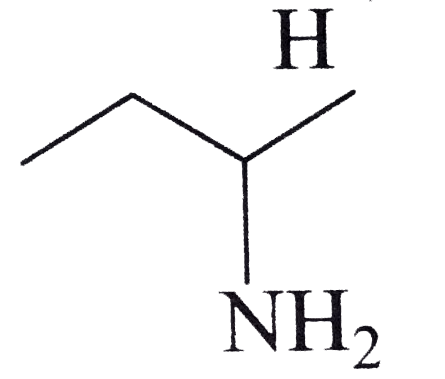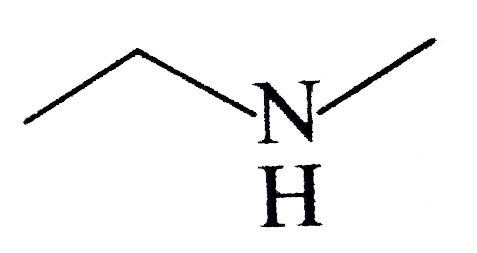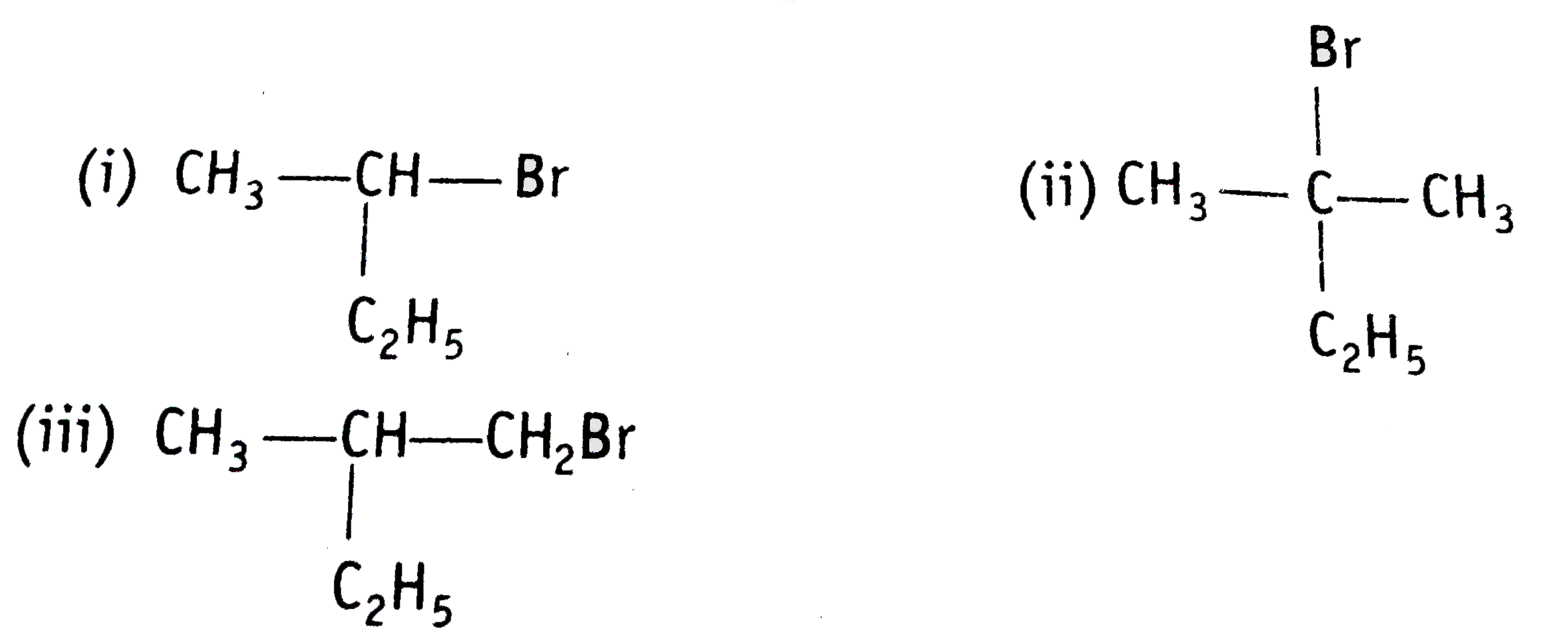Which of the following compound
on halogenation give a racemic mixture of products?
(CH3)4C
CH3CH2CH2CH3
CH3CH2CH3
CH3CH3
The correct Answer is:B
To determine which compound gives a racemic mixture of products upon halogenation, we need to analyze the structure of the compounds provided and the mechanism of halogenation.
1. Understand the Concept of Racemic Mixture:
A racemic mixture consists of equal amounts of two enantiomers, which are non-superimposable mirror images of each other. This typically occurs when a chiral center is formed during a reaction.
Hint: Remember that a racemic mixture arises when a reaction creates a new chiral center.
2. Identify the Mechanism of Halogenation:
Halogenation of alkanes typically occurs via a free radical mechanism. In this process, a halogen molecule (e.g., Cl2 or Br2) generates free radicals that can attack the alkane, leading to the formation of haloalkanes.
Hint: Free radical substitution involves the formation of a planar free radical intermediate.
3. Analyze the Compound Structure:
For a compound to yield a racemic mixture, it should have a structure that allows for the formation of a chiral center upon substitution. This usually happens when the compound has at least one carbon atom that is bonded to four different groups after halogenation.
Hint: Look for compounds that have a secondary carbon (attached to two other carbons) which can become chiral upon substitution.
4. Evaluate the Given Compounds:
Let's assume we are given several compounds (for example, butane, isobutane, etc.). We need to identify which of these compounds can form a chiral center upon halogenation.
- Butane (CH3-CH2-CH2-CH3): Halogenation leads to secondary and primary radicals, but does not create a chiral center.
- Isobutane (CH3-CH(CH3)-CH3): Halogenation leads to a secondary carbon that can form a chiral center when a halogen is substituted.
Hint: Focus on the branching of the carbon chain; branched alkanes are more likely to form chiral centers.
5. Conclusion:
After analyzing the compounds, we find that isobutane (or similar branched alkanes) will yield a racemic mixture upon halogenation due to the formation of a chiral center.
Final Answer: The compound that gives a racemic mixture of products upon halogenation is isobutane (or the second option if specified).
A racemic mixture consists of equal amounts of two enantiomers, which are non-superimposable mirror images of each other. This typically occurs when a chiral center is formed during a reaction.
Halogenation of alkanes typically occurs via a free radical mechanism. In this process, a halogen molecule (e.g., Cl2 or Br2) generates free radicals that can attack the alkane, leading to the formation of haloalkanes.
For a compound to yield a racemic mixture, it should have a structure that allows for the formation of a chiral center upon substitution. This usually happens when the compound has at least one carbon atom that is bonded to four different groups after halogenation.
Let's assume we are given several compounds (for example, butane, isobutane, etc.). We need to identify which of these compounds can form a chiral center upon halogenation.
- Isobutane (CH3-CH(CH3)-CH3): Halogenation leads to a secondary carbon that can form a chiral center when a halogen is substituted.
After analyzing the compounds, we find that isobutane (or similar branched alkanes) will yield a racemic mixture upon halogenation due to the formation of a chiral center.
Topper's Solved these Questions
- BOOK - PRADEEPCHAPTER - HALOALKANES AND HALOARENESEXERCISE - Competition Focus (JEE (MAIN AND ADVANCED)/MEDICAL ENTRANCE SPECIAL (MULTIPLE CHOICE QUESTIONS-III COMPREHENSION TYPE ))7videos
HALOALKANES AND HALOARENES
- BOOK - PRADEEPCHAPTER - HALOALKANES AND HALOARENESEXERCISE - Competition Focus (JEE (MAIN AND ADVANCED)/MEDICAL ENTRANCE SPECIAL (INTEGER TYPE QUESTIONS - VI))9videos
HALOALKANES AND HALOARENES
- BOOK - PRADEEPCHAPTER - HALOALKANES AND HALOARENESEXERCISE - Competition Focus (JEE (MAIN AND ADVANCED)/MEDICAL ENTRANCE SPECIAL (MULTIPLE CHOICE QUESTIONS - I))74videos
HALOALKANES AND HALOARENES
- BOOK - PRADEEPCHAPTER - GENERAL PRINCIPLES AND PROCESSES OF ISOLATION OF ELEMENTS EXERCISE - Curiosity Questions2videos
GENERAL PRINCIPLES AND PROCESSES OF ISOLATION OF ELEMENTS
- BOOK - PRADEEPCHAPTER - ORGANIC COMPOUNDS CONTAINING NITROGENEXERCISE - IMPORTANT QUESTIONS FOR BOARD EXAMINATION27videos
ORGANIC COMPOUNDS CONTAINING NITROGEN
Similar Questions
Knowledge Check
- Question 1 - Select One
Which of the following compound
on halogenation give a racemic mixture of products?A(CH3)4CBCH3CH2CH2CH3CCH3CH2CH3DCH3CH3 - Question 2 - Select One
Which of the following compounds exists a nonresolvable racemic mixture .
A B
B C
C D
D
- Question 3 - Select One
Which of the following alkane on mono chlorination produces racemic mixture ?
ANeo-pentaneBN-butaneC2,3-dimethylbutaneD2,2,3,3-tetramethylbutane
Which of the following compounds exsits as a nonresolvable racemic mixture?
View SolutionWhich of following compounds exists as non-resolvable racemic mixture?
View SolutionWhich of the following compounds will give racemic mixture on nucleophillic substitution by OH− ion?
 View Solution
View SolutionIn which of the following reaction , formation of racemic mixture occurs ?
View SolutionSince, Grignard reagents resemble carbanion, so they are strong nucleophile and strong base. Their most useful nucleophilic reaction is addition to carbonyl group.

Which of the following compounds give racemic mixture on reaction with H3C−MgBr?View Solution

